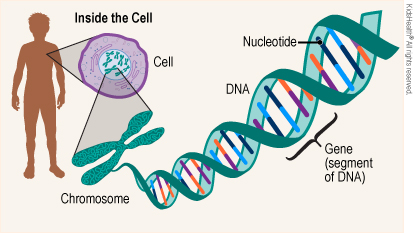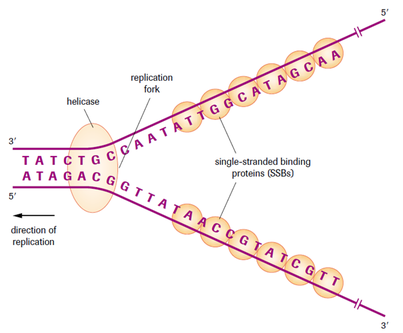Purpose:
Which fruit will produce the most electric voltage?
Hypothesis:
If someone brings a lemon, the lemon will have the highest voltage.
Materials:
1 Voltmeter, 2 wires, 1 nail, 1 copper strip, at least 3 fruits/ vegetable.
Procedure:
- Post your pre lab
- Observe the demonstration on how to build the battery call (bulb/voltmeter)
- Set up your experiment space in groups of 3
- Perform your experiments with different fruits and vegetables
- Document down your results and experiment set-up with cameras
- Consider an explanation for your observations and results
- Post your images and explanation on your Edublog account
Why:
Because it has a lot of citric acid.
Questions:
1.What is causing electrons to flow in this experiment?
The citric acid allows the electricity to flow between the metals.
2.What are the independent, dependent, and controlled variables in this experiment?
The independent variable were the fruits. The dependent variable was the voltage. The controlled variables were the copper and the zinc nail and the voltmeter with the wires that connected to the voltmeter.
3.How can we modify our experiment to improve the results?
We could have added only fruits with high citric acid levels and would maybe keep the
4.What could be sources of error or uncertainty in our experiment?
A source of error in this experiment could have been a faulty voltmeter or wires and could have shown the wrong voltage.
5.How can I use this in my every day life?
I could use this in my every day life possibly if I wanted a night light or some sort of flash light but it would be hard to maneuver it around if it was used as a flash light of some sort or if it was a night light if it would stay on for a long time period or once the fruit gets older it wont work anymore it would be a experiment to see if it stays on for a long time period it would definitely need a bigger L.E.D to work as one of these devices.
Results of the fruits we tested:
Orange: 0.2 volts, Pear: 0.4 volts, Apple: 0.2 volts, Potato: 0.3, Lemon: 0.4, Ginger: 0.2, Onion: 0.2
Pictures of our results:























